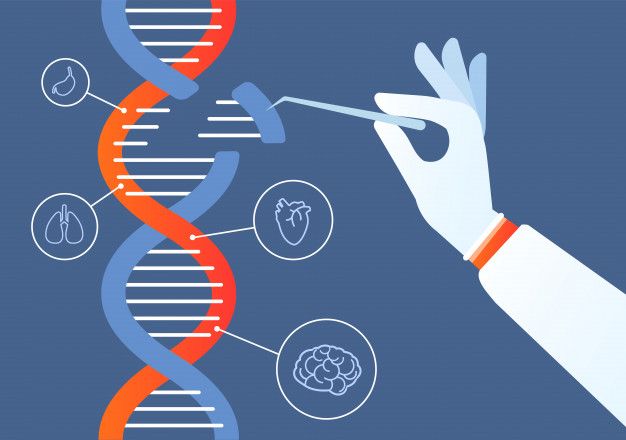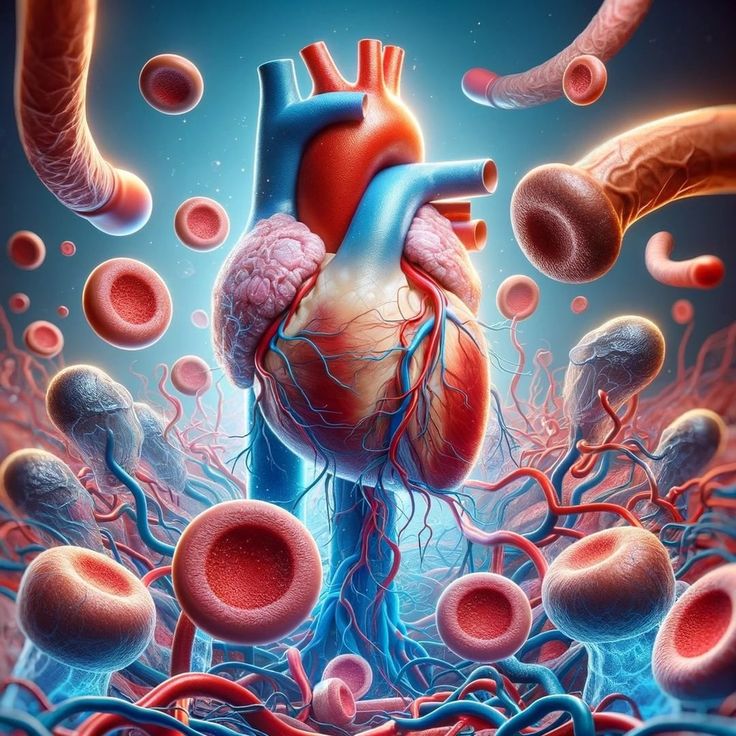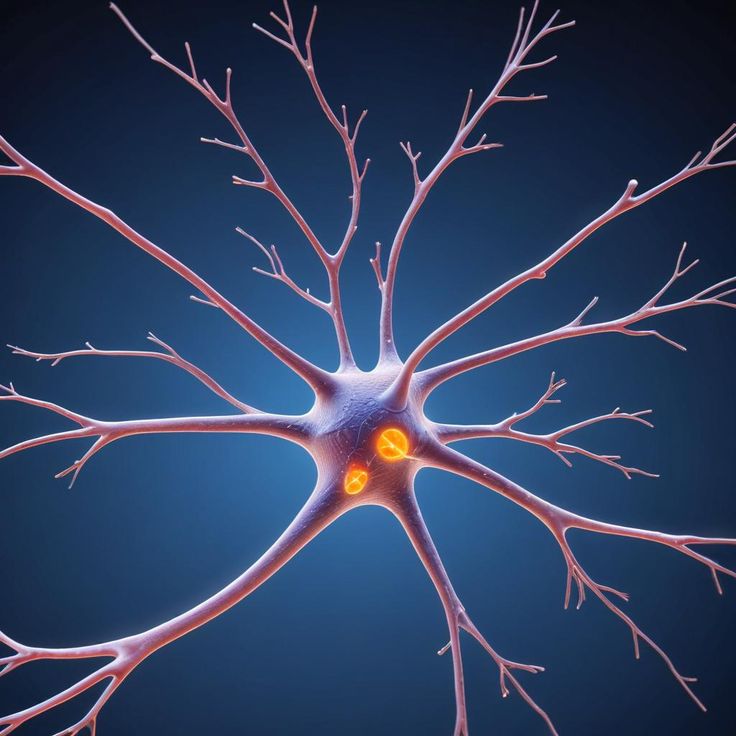The molecular building blocks of life are crucial for understanding biological processes and systems. These include carbohydrates, lipids, proteins, and nucleic acids, each playing vital roles in the structure and function of living organisms.
Carbohydrates
Carbohydrates are biological compounds containing carbon, hydrogen, and oxygen. They serve as important cellular nutrients and energy sources. Structurally, carbohydrates are classified into:
- Monosaccharides: Simple sugars like glucose and fructose.
- Disaccharides: Composed of two monosaccharides, such as sucrose and lactose.
- Polysaccharides: Long chains of monosaccharides, including glycogen and starch.
Lipids/Fats
Lipids are hydrophobic biological compounds important for cell membranes, energy storage, and signaling. Key types include:
- Fatty Acids: Long hydrocarbon chains used for energy.
- Triglycerides: Three fatty acids linked to glycerol, serving as major energy stores.
- Steroids: Complex lipids like cholesterol, which form the basis for steroid hormones.
Proteins
Proteins are polymers of amino acids linked by peptide bonds. They are the most diverse molecules in living organisms, involved in:
- Enzymatic reactions (e.g., digestion, metabolism).
- Structural support (e.g., collagen).
- Transportation (e.g., hemoglobin).
- Signaling (e.g., hormones).
Nucleic Acids
Nucleic acids, including DNA and RNA, are polymers of nucleotides. They store and transmit genetic information, guiding the synthesis of proteins and the functioning of cells.
Conclusion
A solid understanding of the molecular building blocks of life is essential for medical students. These molecules are the foundation of all biological processes, making them fundamental to the study of medicine and life sciences.



























